GPCR/G protein

All GPCRs share a common seven trans-membrane structure. GPCRs are associated with heterotrimeric G-proteins which are GTP-binding proteins made of alpha, beta, and gamma subunits. When a ligand binds to GPCR, it activates the attached G-protein, the GDP is replaced with GTP. The activated G-protein then dissociates into an alpha and a beta-gamma complex which activates downstream signaling pathways. These intracellular signaling pathways include cAMP/PKA, calcium/NFAT, phospholipase C, protein tyrosine kinases, MAP kinases, PI-3-kinase, nitric oxide/cGMP, Rho, and JAK/STAT.
GPCRs are one of the most important therapeutic targets for various diseases, over 30% of all modern medicinal drugs target this family. Aberrant GPCR functions are involved in pathological conditions such as neurological, immunological and hormonal disorders. A large number of GPCRs have been identified, but whose ligands are not known, are classified as orphan receptors.
-
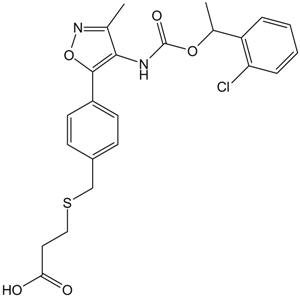 A1987 Ki164254 CitationTarget: LPA ReceptorsSummary: LPA receptor antagonist
A1987 Ki164254 CitationTarget: LPA ReceptorsSummary: LPA receptor antagonist -
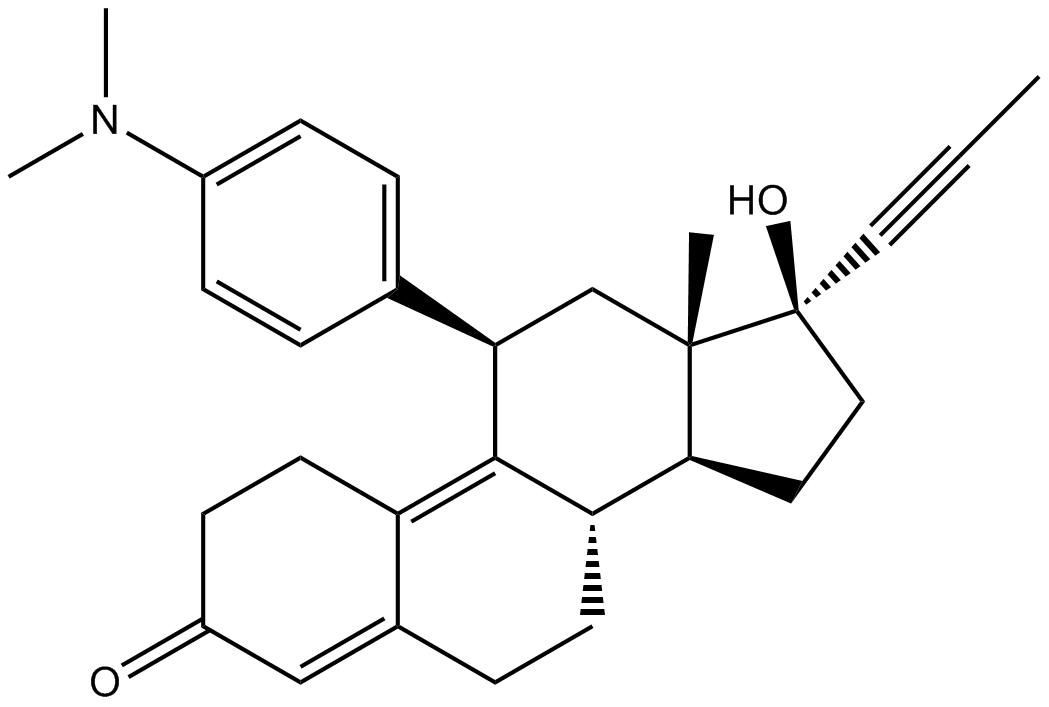 B1511 Mifepristone3 CitationTarget: Progesterone Receptors|Glucocorticoid ReceptorsSummary: Progesterone receptor antagonist
B1511 Mifepristone3 CitationTarget: Progesterone Receptors|Glucocorticoid ReceptorsSummary: Progesterone receptor antagonist -
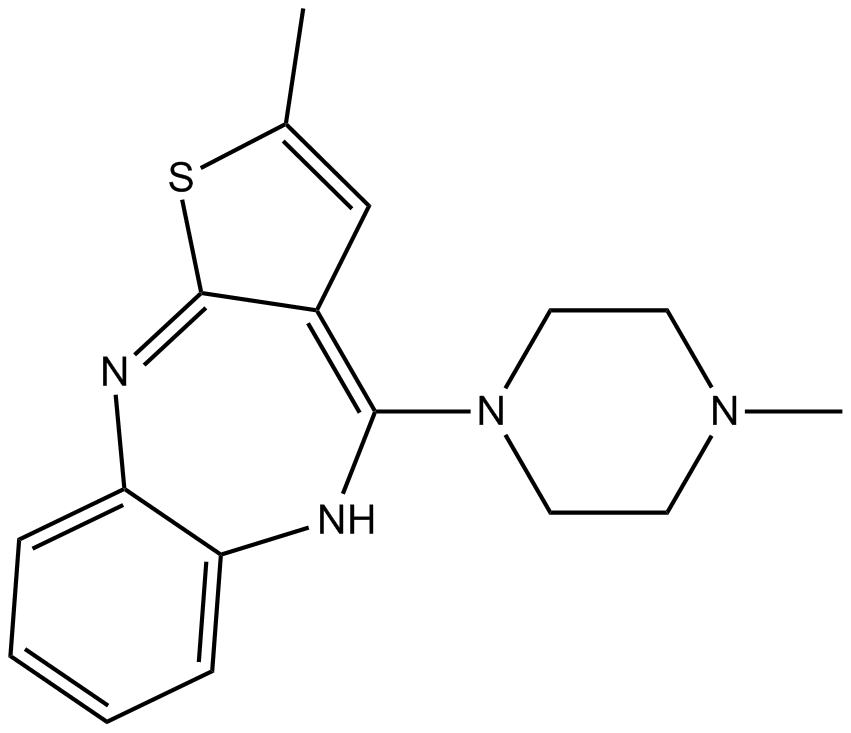 B2240 OlanzapineTarget: 5-HT2 Receptors|D2 ReceptorsSummary: Antagonist of 5-HT2A and dopamine D2 receptors
B2240 OlanzapineTarget: 5-HT2 Receptors|D2 ReceptorsSummary: Antagonist of 5-HT2A and dopamine D2 receptors -
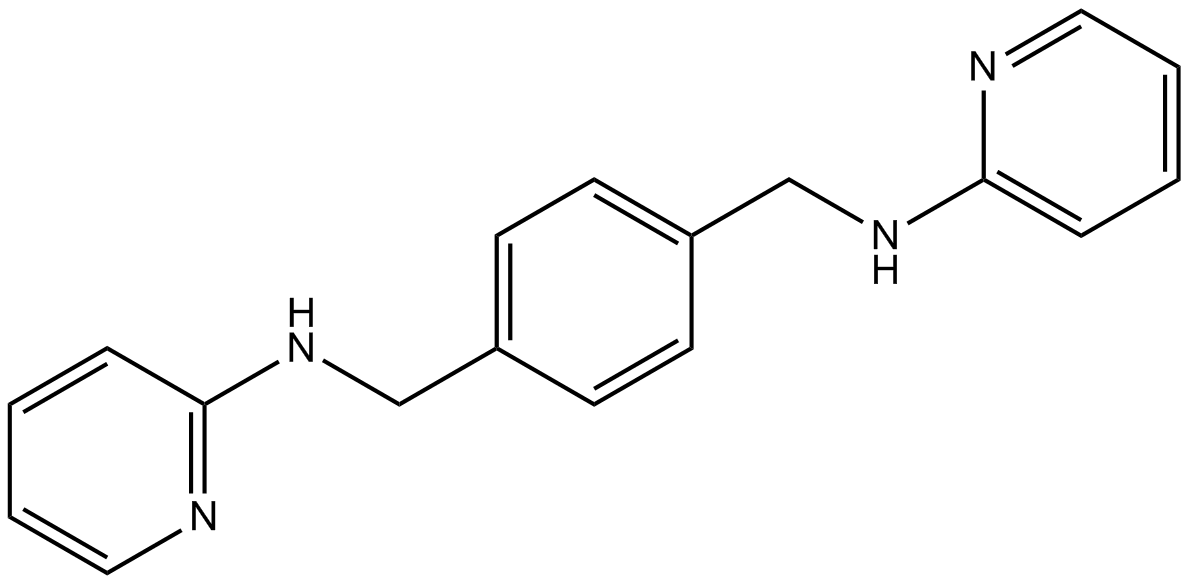 B1466 WZ811Target: CXCRSummary: Competitive CXCR4 antagonist,highly potent
B1466 WZ811Target: CXCRSummary: Competitive CXCR4 antagonist,highly potent -
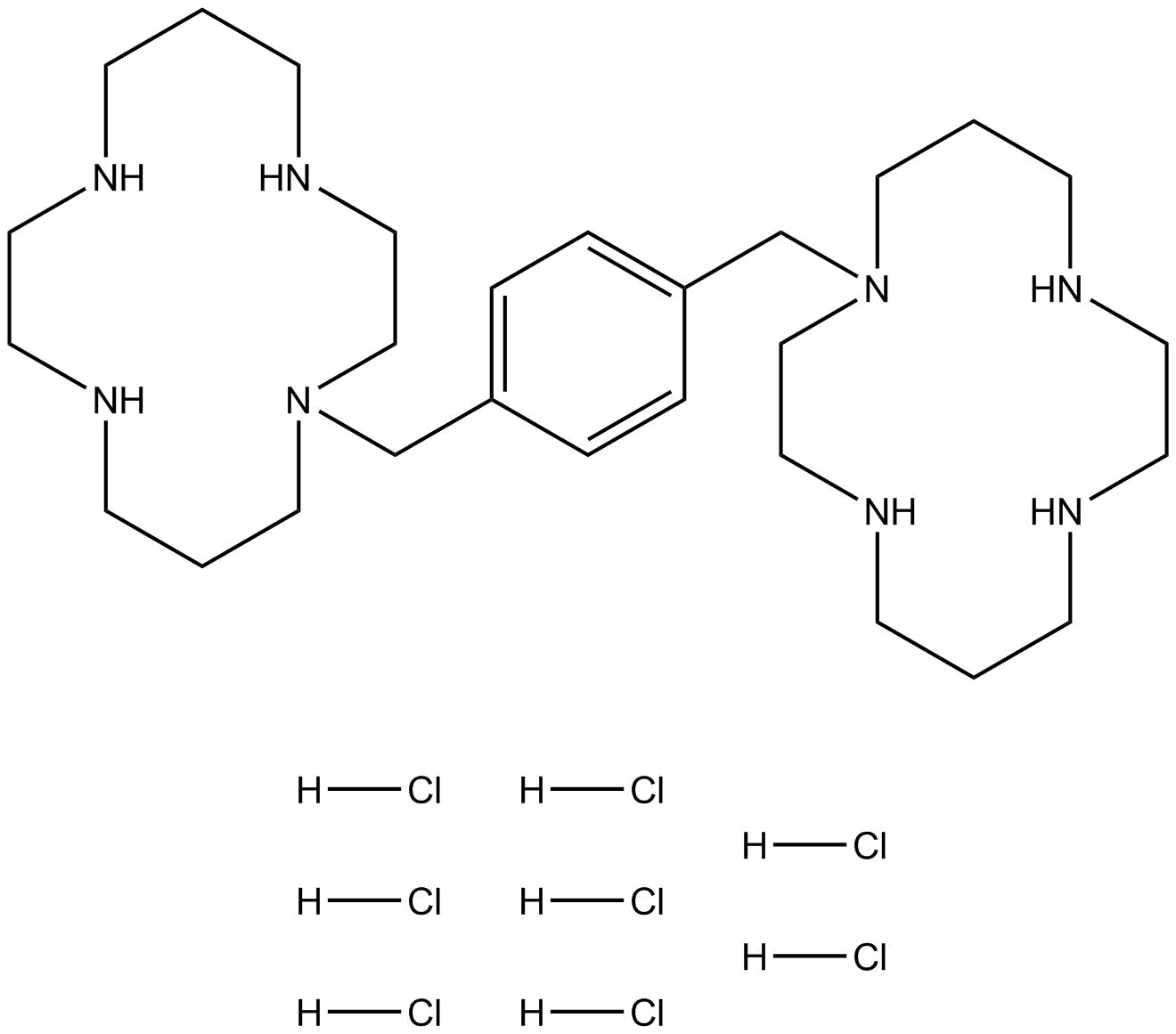 B1465 Plerixafor 8HCl (AMD3100 8HCl)Target: CXCRSummary: CXCR4 antagonist
B1465 Plerixafor 8HCl (AMD3100 8HCl)Target: CXCRSummary: CXCR4 antagonist -
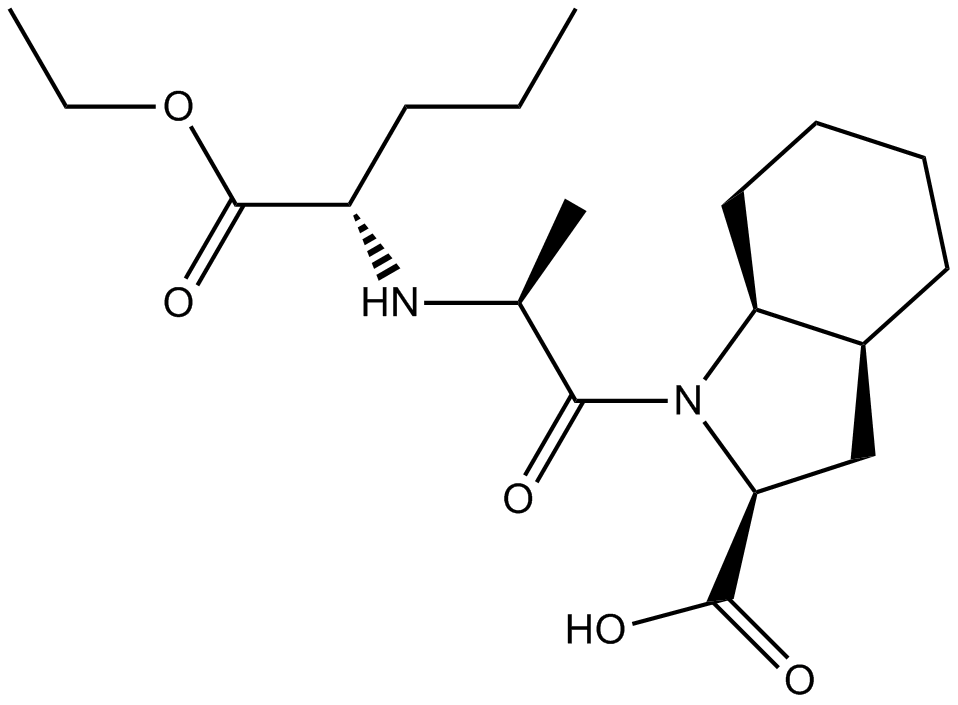 B1214 PerindoprilTarget: Angiotensin-Converting Enzymes (ACEs)Summary: ACE inhibitor
B1214 PerindoprilTarget: Angiotensin-Converting Enzymes (ACEs)Summary: ACE inhibitor -
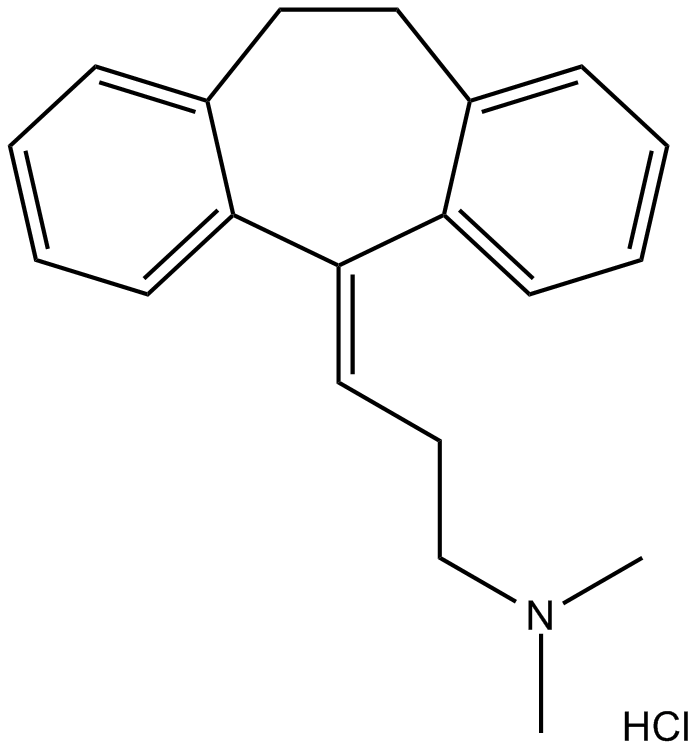 B2231 Amitriptyline HClTarget: Trk Receptors|5-HT2 Receptors|Norepinephrine transporter|5-HT TransportersSummary: Serotonin /norepinephrine receptor/5-HT4/5-HT2 inhibitor
B2231 Amitriptyline HClTarget: Trk Receptors|5-HT2 Receptors|Norepinephrine transporter|5-HT TransportersSummary: Serotonin /norepinephrine receptor/5-HT4/5-HT2 inhibitor -
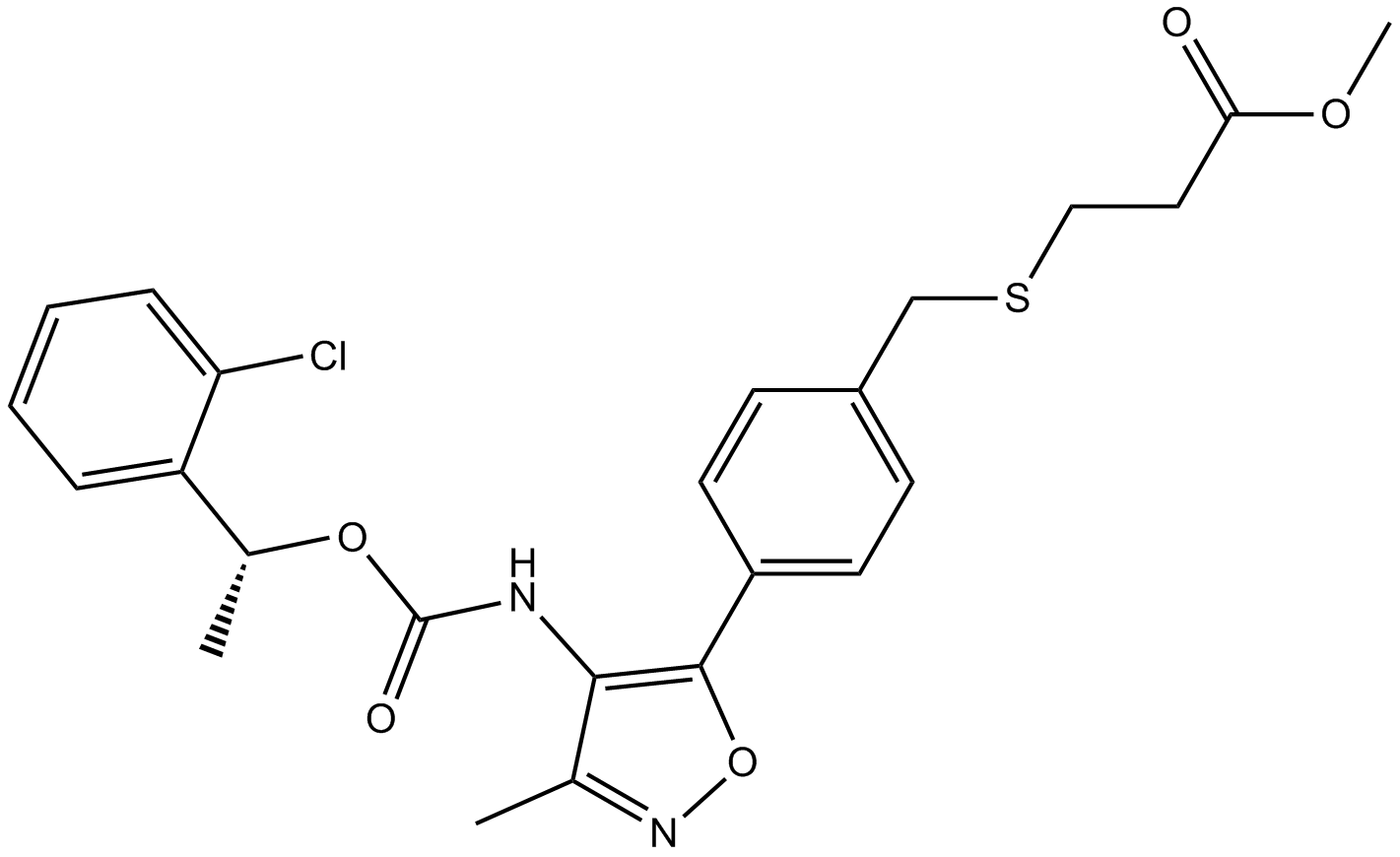 B1591 Ki16198Target: LPA ReceptorsSummary: LPA antagonist
B1591 Ki16198Target: LPA ReceptorsSummary: LPA antagonist -
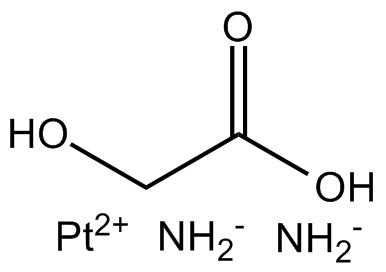 B1986 NedaplatinSummary: DNA synthesis inhibitor
B1986 NedaplatinSummary: DNA synthesis inhibitor -
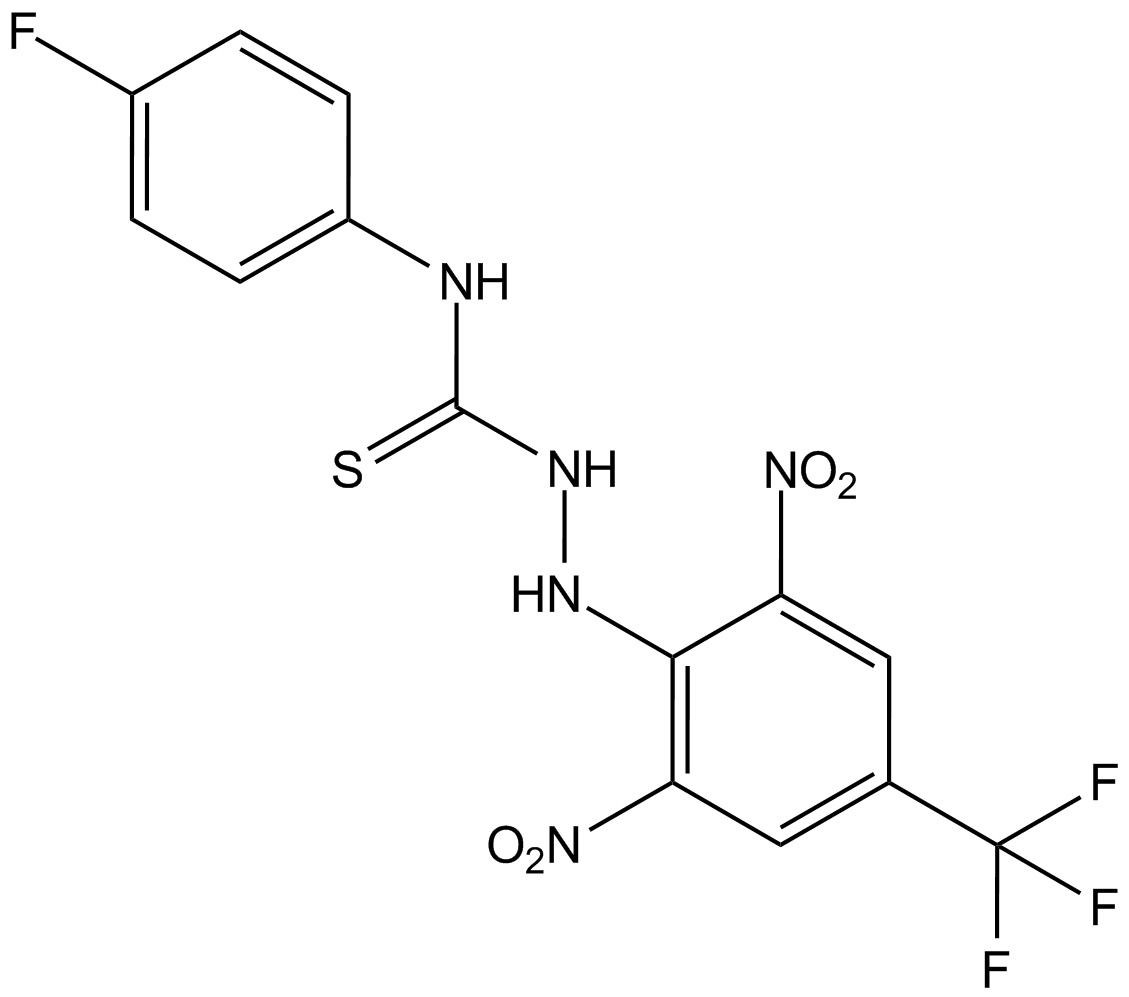 B3587 kobe2602Summary: Ras inhibitor
B3587 kobe2602Summary: Ras inhibitor

